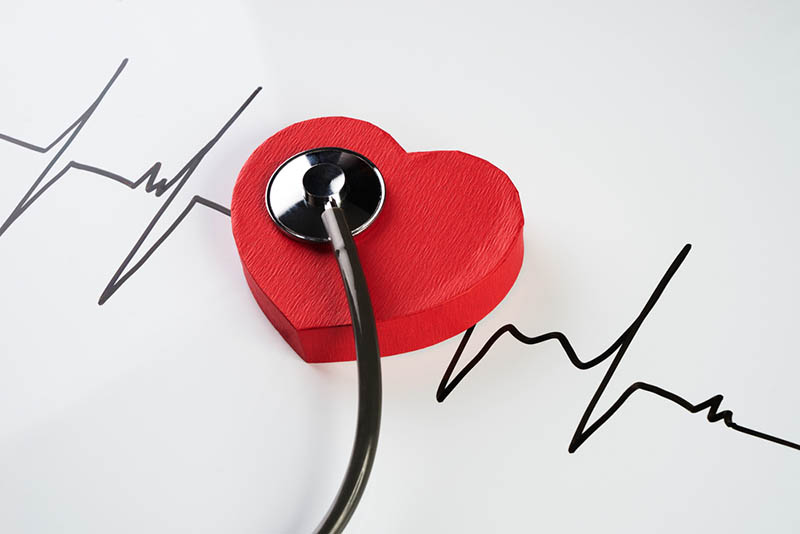Volume 113, Nº 5, November 2019
DOI: http://www.dx.doi.org/10.5935/abc.20190173
ORIGINAL ARTICLE
Bradycardic and Antiarrhythmic Effects of the D-Limonene in Rats
Gildenisson Araújo do Nascimento
Diego Santos de Souza
Bruno Santos Lima
Carla Maria Lins de Vasconcelos
Adriano Antunes de Souza Araújo
Aimée Obolari Durço
Lucindo José Quintans-Junior
Jackson Roberto Guedes da Silva Almeida
Aldeída Pereira Oliveira
Valter Joviniano de Santana-Filho
André Sales Barreto
Márcio Roberto Viana dos Santos

Abstract
Background: D-limonene (DL) is a monoterpene and is the major component in the essential oil of citrus fruit. It presentes antihyperglycemic and vasodilatation activities.
Objectives: This study evaluated the cardiovascular effects and potential antiarrhythmic of DL in rats.
Methods: Hemodynamic and electrocardiographic (ECG) parameters were measured in male Wistar rats, which under anesthesia had been cannulated in the abdominal aorta and lower vena cava and had electrodes subcutaneously implanted. In the in vitro approach, the heart was removed and perfused using the Langendorff technique. The significance level adopted was 5% (p < 0.05).
Results: DL, in doses of 10, 20, and 40 mg/kg (i.v), produced intense and persistent bradycardia associated with hypotension. Bradycardia with prolonged QTc was observed in the ECG in vivo recording. In the in vivo model of arrhythmia induced by Bay K8644, DL (10 mg/kg) decreased the arrhythmia score from 15.33 ± 3.52 to 4.0 ± 2.64 u.a (p < 0.05, n = 4). In isolated perfused hearts, DL (10-3 M) promoted significant reductions in heart rate (from 228.6 ± 8.5 ms to 196.0 ± 9.3 bpm; p < 0.05) and left ventricular development pressure (from 25.2 ± 3.4 to 5.9 ± 1.8 mmHg; n = 5, p < 0.05).
Conclusions: DL produces bradycardia and antiarrhythmic activity in rat heart. (Arq Bras Cardiol. 2019; 113(5):925-932)
Keywords: Rats; Limonene; Monoterpenes; Arrhythmias, Cardiac; Anti-Arrhythmia Agents; Bradycardia; Antioxidants.















